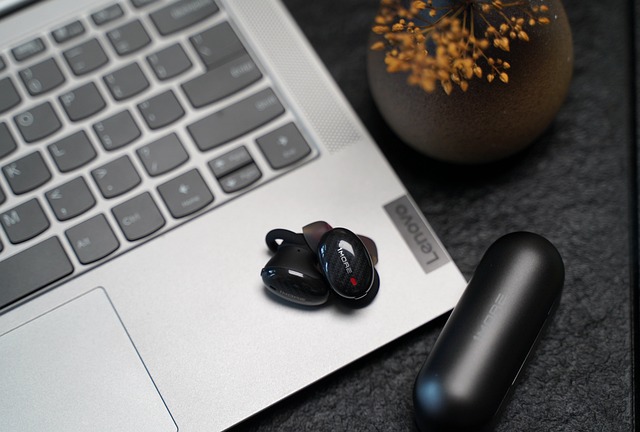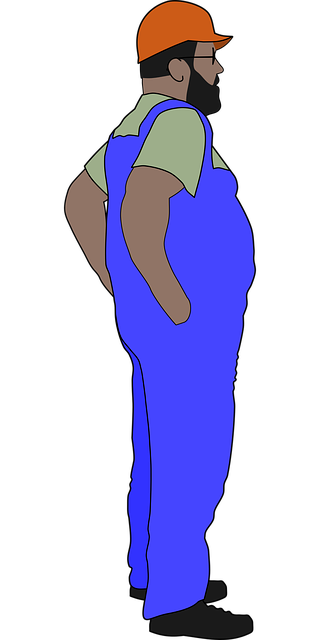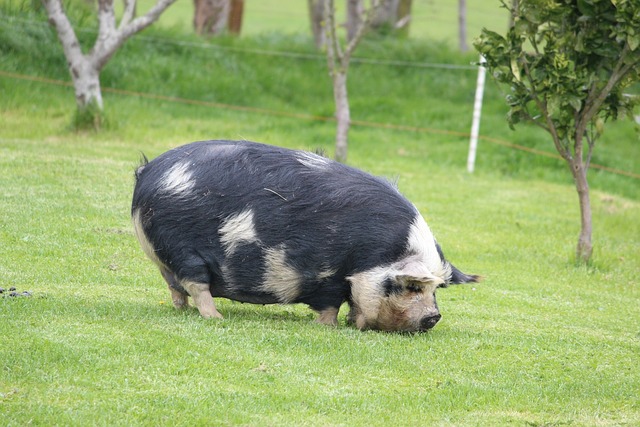This text compares CoolSculpting and liposuction as non-surgical fat reduction methods. CoolSculpting uses cold therapy (cryolipolysis) to freeze and eliminate fat cells, offering minimal recovery time and localized treatment for areas like the chin and love handles. Liposuction, a traditional method, physically removes fat through suction, providing precise results but with surgical risks including swelling and longer recovery periods. Both treatments have comparable success rates when performed by qualified professionals. The choice depends on individual preferences, desired results, and safety considerations.
Considering non-surgical fat reduction options? This comprehensive guide offers a detailed CoolSculpting vs liposuction comparison. Discover two leading fat loss methods, their effectiveness, safety profiles, target areas, and candidate suitability. Learn about the advantages and disadvantages of each, making an informed decision for your body contouring journey. Explore these treatments as viable alternatives to surgical liposuction, focusing on non-invasive techniques.
Understanding Non-Surgical Fat Reduction Options

Non-surgical fat reduction options have gained significant popularity as people seek effective ways to trim down problematic areas without incisions or lengthy recovery periods associated with surgical procedures. CoolSculpting and liposuction are two prominent non-surgical treatments that offer promising results for those aiming to reshape their bodies.
In the realm of non-surgical fat reduction, a direct comparison between CoolSculpting and liposuction reveals distinct approaches. CoolSculpting utilizes cold therapy to freeze and eliminate fat cells, making it a non-invasive process with minimal downtime. On the other hand, liposuction involves suction to physically extract fat from targeted areas, offering more precise results for specific body contours. Understanding these differences is crucial when considering which treatment aligns best with individual goals and lifestyle preferences for achieving a slimmer, more contoured physique.
CoolSculpting: A Non-Invasive Approach to Fat Loss

CoolSculpting represents a groundbreaking advancement in non-surgical fat reduction, offering an alternative to traditional liposuction. This innovative procedure leverages advanced cooling technology to target and eliminate stubborn fat cells without any incisions or general anesthesia. By chilling fat cells to temperatures below 0°C, CoolSculpting induces cellular death while preserving surrounding tissues, making it a highly effective and safe option for those seeking localized fat reduction.
Unlike liposuction, which involves surgical removal of fat, CoolSculpting is a non-invasive treatment that can be performed in a doctor’s office setting. This minimal recovery process allows patients to resume their normal activities almost immediately after the procedure, making it an appealing choice for individuals who desire a more gentle approach to achieving their desired figure.
Liposuction: Traditional Surgical Fat Removal

Liposuction represents a traditional, surgical approach to fat reduction. This procedure involves making small incisions in targeted areas and inserting a suction device to physically remove excess fat cells. It’s often considered a more invasive method compared to non-surgical alternatives like CoolSculpting. While liposuction can deliver significant results, it comes with the risks and recovery associated with surgery, including swelling, bruising, and potential complications.
Compared to other non-surgical fat reduction methods, liposuction offers precise targeting of specific areas for fat elimination. However, this precision also means it may not be suitable for all body types or areas requiring gentle treatment. The decision between liposuction and painless alternatives like CoolSculpting ultimately depends on individual preferences, desired results, and the patient’s overall health profile.
How Do These Treatments Differ in Terms of Effectiveness?

When comparing CoolSculpting and liposuction for non-surgical fat reduction, it’s evident they have distinct approaches. CoolSculpting leverages advanced cooling technology to freeze and eliminate fat cells, making it a popular choice for those seeking minimal downtime procedures. This non-invasive method is effective in targeting specific problem areas, particularly for submental fat (chin fat) and love handles.
Liposuction, on the other hand, involves suction to physically remove fat cells. It offers more precise results, especially for complex body shapes and severe cases of obesity. While liposuction may yield quicker, more dramatic outcomes, both procedures share similar success rates in qualified hands, ultimately depending on individual patient needs and goals.
Safety and Recovery Considerations for Each Method

When comparing CoolSculpting and liposuction for non-surgical fat reduction, safety and recovery are crucial considerations. CoolSculpting, a fat-freezing procedure, is generally recognized as safer with fewer side effects. It’s a non-invasive method that targets specific areas using cold therapy, making it appealing for those seeking minimal downtime. Recovery is typically quick and comfortable, with little to no surgery-related pain or swelling.
On the other hand, liposuction involves surgically removing fat cells from targeted areas. While effective, it carries higher risks compared to CoolSculpting, including potential infection, bleeding, and asymmetry. The recovery period can be longer, with discomfort and swelling common for several days following the procedure. However, liposuction offers more precise results, making it a preferred choice for specific body contouring needs.
Target Areas and Suitable Candidates for CoolSculpting

CoolSculpting is a non-surgical fat reduction treatment that targets specific areas of stubborn fat. It’s particularly effective for reducing fat on the abdominal area, love handles, outer thigh, and back of the arms. This procedure uses cryolipolysis technology to freeze and eliminate fat cells without impacting surrounding tissues or causing downtime. Suitable candidates for CoolSculpting are individuals with a healthy weight who have localized fat deposits they want to reduce. It’s ideal for those seeking a minimally invasive alternative to liposuction.
Compared to traditional liposuction, CoolSculpting offers several advantages. Liposuction requires incisions and general anesthesia, carries risks like infection or scarring, and involves a longer recovery period. In contrast, CoolSculpting is non-invasive, painless, and doesn’t require any downtime. It’s suitable for those who want to avoid surgical procedures and still achieve significant fat reduction in targeted areas.
Exploring Liposuction's Advantages and Disadvantages

Liposuction, as a surgical procedure, offers several advantages in the realm of non-surgical fat reduction. It provides precise targeting of specific problem areas, allowing for more drastic and immediate results compared to its non-surgical counterparts. The procedure is effective for removing stubborn fat deposits, offering a permanent solution for targeted weight loss. However, liposuction comes with disadvantages, such as longer recovery times, potential complications including infection and blood clots, and higher costs.
When comparing Liposuction to CoolSculpting, a popular non-surgical option, the advantages of liposuction become more nuanced. While it provides faster results and permanent effects, the risks and downtime associated with surgery can be deterrents for many individuals. CoolSculpting, on the other hand, offers a non-invasive approach that is generally safer and involves minimal to no recovery time, making it an attractive option for those seeking a painless fat reduction procedure without surgical intervention.
Making an Informed Decision: Choosing Between the Two

When considering non-surgical fat reduction options, understanding the nuances between CoolSculpting and liposuction is key. Both treatments aim to eliminate unwanted fat, but they do so through distinct methods. CoolSculpting uses cryolipolysis, freezing off fat cells with cold temperatures, making it a popular choice for those seeking a painless procedure. On the other hand, liposuction involves suctioning fat cells out of the body, requiring a local anaesthetic.
In terms of results and recovery, CoolSculpting offers a relatively quick and non-invasive approach, suitable for many individuals. Liposuction, while more intensive, can provide longer-lasting outcomes as it physically removes fat. Making an informed decision involves evaluating your lifestyle, desired outcome, and tolerance for different procedures, ensuring you choose the best fit for your specific needs.
